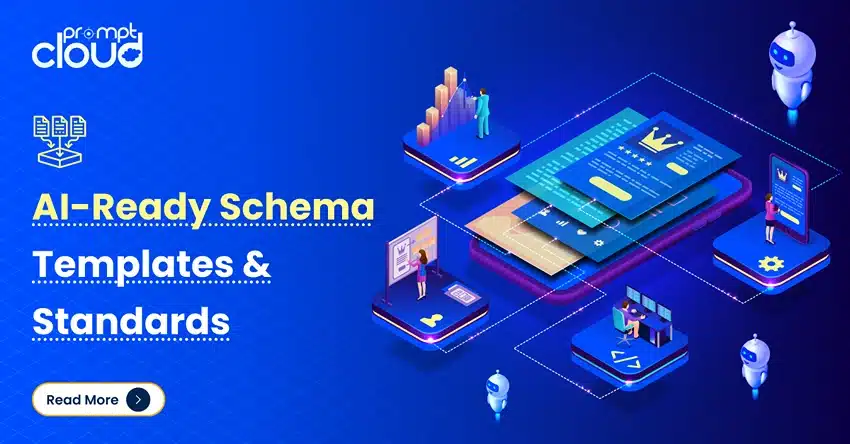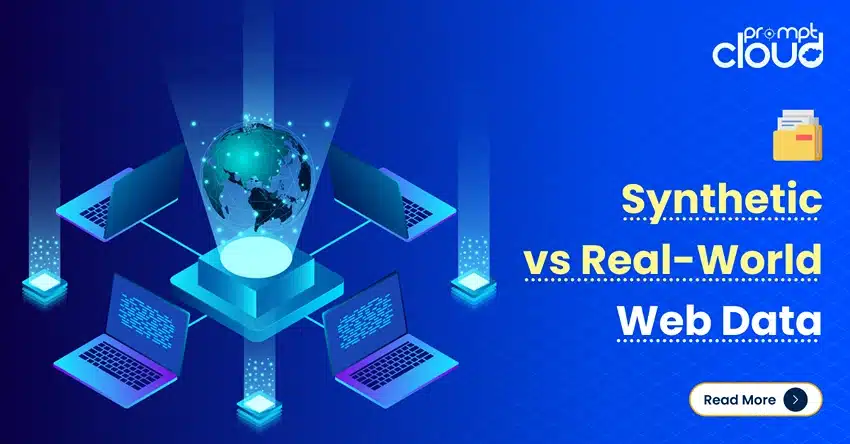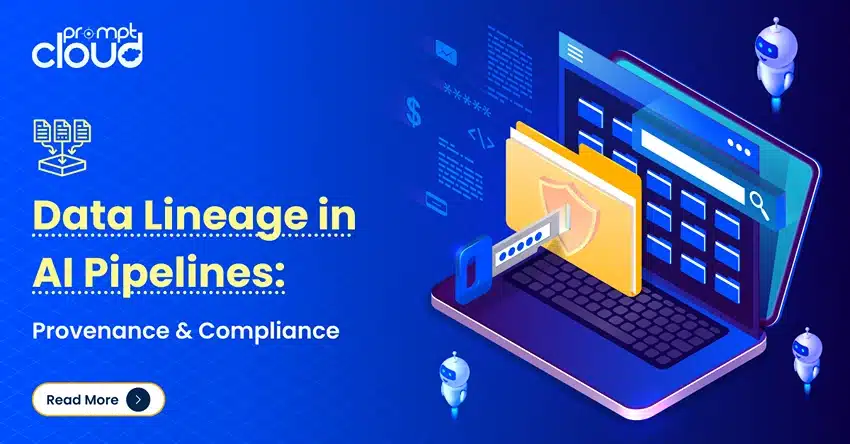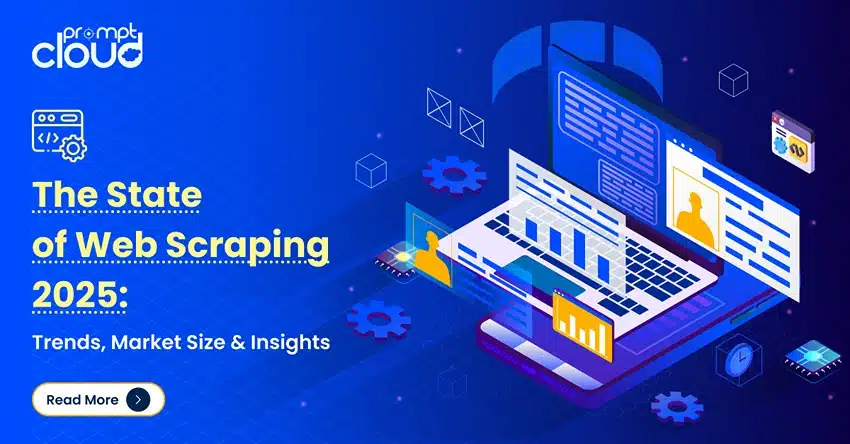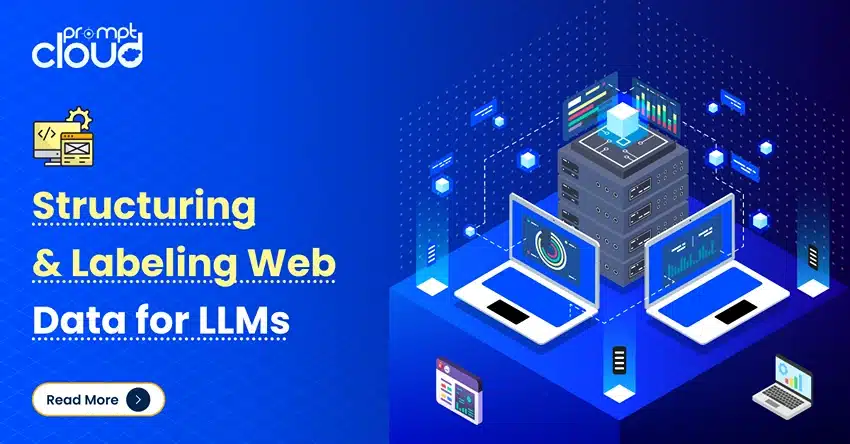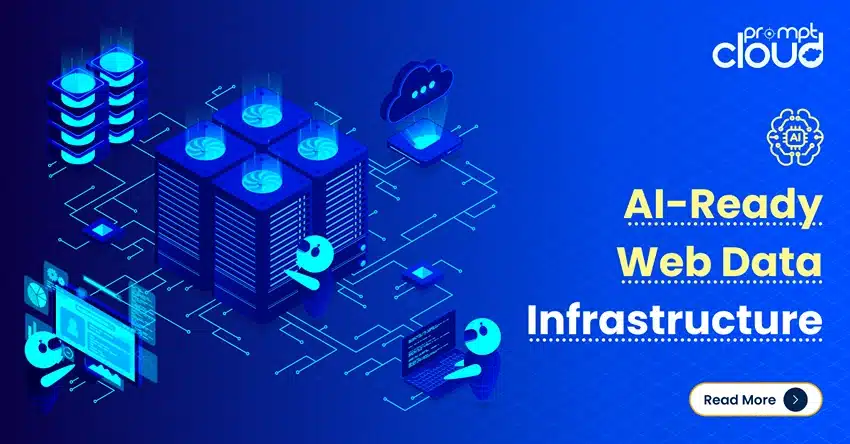Ever wondered how we started storing and maintaining data? Flash drives became popular only around the early 2000s years. Yet the big data analytics market is set to reach $103 billion by 2023! Web crawling and scraping technologies are finding increasing relevance as we continue to generate megabytes of data in seconds. The most popular uses of web scraping technology are – business intelligence, price regulation, calculating customer satisfaction index, and more. Let’s deep dive into some of the lesser-known applications of web scraping technology in detail.
1. Artificial Intelligence and Machine learning
In case you are active on social media, you must have heard this term multiple times by now. Everyone is learning data science, or talking about it, or trying to get you to enrol in their data science course. We all know what web data is–unstructured information that can be cleaned and used as per requirement. What is data science and how does it benefit from web scraping? Well, the truth is that data science is a combination of data inference, development of new algorithms and data processing that helps solve problems that were deemed unsolvable earlier, due to the unavailability of large data sets earlier. But how is so much data generated, and where can a person find it. Well, mostly these data sets are owned by large corporations, and they are scarcely seen lending their data set for free, for conducting studies. However, most of the data is exposed in their websites, though not in a structured format. This is where web scraping technology walks in through the door. Web scraper is used in most data science projects, to help gather more and more data on topics.
Most data scientists will deal with the algorithm development and data engineers will deal with the infrastructure requirements, and thus someone with web scrapping experience has also become important. Although on hearing the word, you might think it is just grabbing data from websites by screen scraping, scraping is more about cleaning and structuring data that is obtained. It thus involves varying skills and due to new changes in front-end development, these “data-grabbers” have to keep upskilling every day.
2. Sentiment Recognition
This one is done mainly by scraping data from Twitter or other forums with comment sections. Today a machine can say with good accuracy, whether the picture that you have uploaded is a cat or a dog. But, on election day, could a machine, say with even a moderate accuracy, which candidate is going to win, by analyzing the mood of people, by going through their tweets. It doesn’t even have to be a direct reference or the name of the candidate itself. Sentiment Recognition Algorithms sense hints and detect patterns that even go beyond your tweet itself. It can make deductions by using your location, or what phone you used to tweet. This is one branch of machine learning that would be rendered useless and all research would cease if not for website scraping. Gone are the days when tweets would be grouped and logistic regression would be run based on the smileys found in it, or the hashtags following it. Even the difference between a passive and an active voice is sensed, and machines can make deductions about your personality and nature by going through your Facebook activity or your Twitter feed.
3. De-Addiction Programs
This is something you probably haven’t heard of. Google’s new version of Android, called Pie, comes with a “Digital Wellness Feature”. Rumours are that even Apple is planning the same with its next iPhone and iPad. After extensive scraping websites and data collection, both of the tech giants have come to the conclusion that these small devices are now having a net negative result on people’s productivity, unlike before.
Since Google is the one hosting the apps, and most of us actually use Gmail or Google Chrome, there’s a long way that Google can go. It can stop us from checking the mail every few seconds, it can show fewer ads that it knows we are more probable to click on after we have used our cellphone for a designated period of time. It can block certain sites when it is our nap time. It can actually study us by scraping the web data that we browse to automatically take steps to De-addict us.
4. Improving Image Recognition Algorithms
SURF and SIFT were invented in 2006 and 2010 and continue to be the top algorithms used to find similarities between images. However, the race isn’t over. The hunt is on to find an algorithm, which will not just look at the pixels but will also have something to say from experience (the data that it has already gone through). Images are easily found and often come with tags, that help you obtain a labeled dataset in no time. So whether you are trying to write your first algorithm, to separate cats from dogs, or running an algorithm to differentiate between satellite images with forest fires and those without, you can easily get your data, if you crawl it off the web. The internet is by far the largest and almost inexhaustible storage of images. And when it comes to images, the more you train, the closer you get your machine to detect a pattern, that no human brain can deduce.
5. Building a domain specific Search Engine
Efficient data scraping algorithms have helped people crawl both indexed and unindexed pages to build large repositories of domain-specific data. Knowing well, that with limited resources, they cannot take on Google or Microsoft, they have decided to invest in domains they excel at, or have a lot of knowledge and first-hand information about, such as pharmaceutical drugs, or cooking recipes. These websites are a huge favourite among people who dabble in these specific domains and are bookmarked by thousands. The websites have a list of websites that they crawl to build up the search engine. Why do people prefer it over google or bing? Well, google or bing throws irrelevant results with the real ones (along with promoted sites), due to which people prefer going to these, with their domain-specific needs.
6. Research
Although research brings pictures of laboratories and apparatus and huge machines and wires and cables into our minds, most of the research today happens on laptops, and MacBooks. Datasets aren’t always readily available, and even if they are, they aren’t exactly dependable. So most research these days depend on web scraping. Whether you are writing a thesis on modern art, or whether you’re trying to find all the latest research papers about reversing the effects of global warming, rather than manually googling and spending hours, you could write down the main topic and the keywords that are important and try scraping all articles that you can find, ordered by time and date. This would actually give you better results.
So webscraper is not just about price wars and content generation. Most of the latest artificial intelligence algorithms and machine learning models are trained on data collected through websitescraper. Web Scraping or web scraping service is indeed the only way to get ahead in the race for Big-Data.










